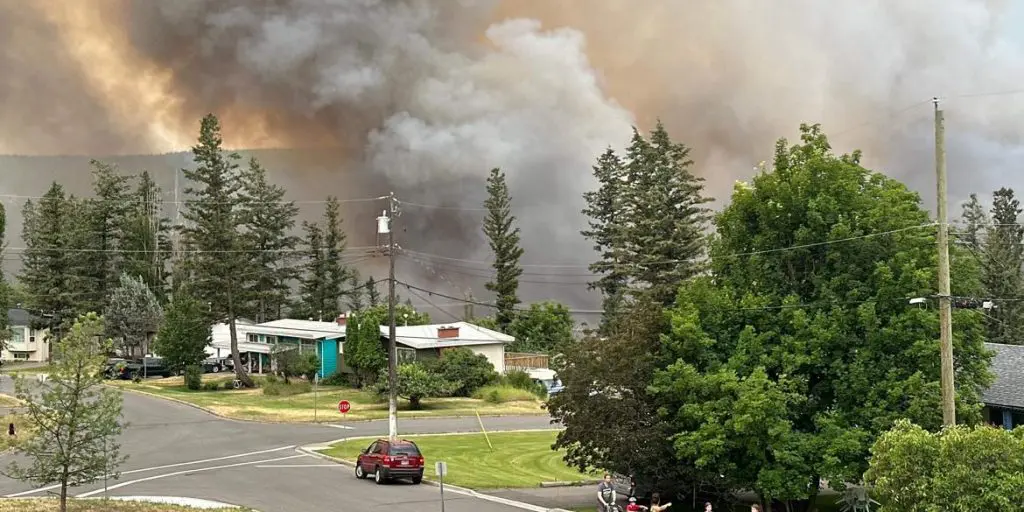Fires can be devastating and unpredictable, and when they strike, the urgency to evacuate becomes paramount. However, evacuating vulnerable populations, including the elderly, disabled individuals, and children, requires special considerations. Ensuring that your emergency protocols are up to date and that you have an Emergency Light Certificate can make a significant difference in safely guiding everyone to safety. Understanding and implementing effective strategies, along with maintaining proper certifications, can help ensure their safety.
Understanding the Needs of Vulnerable Populations
Before diving into evacuation strategies, it’s essential to recognize the unique challenges faced by the elderly, disabled, and children during emergencies. These groups often require additional support due to physical limitations, medical needs, or dependency on caregivers.
For the elderly, mobility issues and chronic health conditions can make quick movement difficult. Disabled individuals may have specific needs related to their disabilities, requiring tailored assistance or equipment. Children, on the other hand, may need extra reassurance and guidance, and their safety often relies heavily on the attentiveness of caregivers.
Strategies for Evacuating the Elderly
The elderly often face mobility issues and may have medical conditions that require careful management during an evacuation. Preparation is key to ensuring their safety.
Advance Planning and Preparation: Establishing a personalized evacuation plan well before a fire occurs is crucial. This plan should include identifying safe exits, arranging transportation, and ensuring that any necessary medical supplies and medications are readily accessible. Family members or caregivers should be familiar with this plan and have a clear understanding of their roles.
Transportation and Assistance: Arranging for transportation in advance can be lifesaving. This might involve coordinating with local emergency services or community organizations that offer evacuation assistance. If public transportation is the only option, it’s important to ensure that it can accommodate elderly individuals, including those using mobility aids.
Communication and Reassurance: During an evacuation, providing clear and calm instructions can help reduce anxiety. Elders may need extra time to process information and move, so patience and reassurance from caregivers or emergency responders are vital.
Strategies for Evacuating Disabled Individuals
Disabled individuals may have specific needs based on their disabilities, so a tailored approach is necessary.
Customized Evacuation Plans: Just like with the elderly, having a detailed evacuation plan is essential. This plan should take into account the type of disability and any necessary equipment, such as wheelchairs or service animals. It’s also important to have a plan for accessing accessible transportation and facilities.
Assistive Technology and Equipment: Ensuring that assistive devices and medical equipment are ready to go during an emergency is crucial. This includes ensuring that battery-powered devices are charged and that backup power sources are available if needed.
Specialized Assistance: Coordination with emergency services to provide specialized assistance is essential. This might involve having trained personnel who can assist individuals with specific needs or ensuring that emergency shelters are equipped to handle disabilities.
Strategies for Evacuating Children
Evacuating children during a fire involves not only their physical safety but also their emotional well-being.
Creating a Child-Friendly Evacuation Plan: Children should be included in evacuation planning. This means making sure they know what to do in an emergency and feel comfortable with the plan. Practice drills can help children become familiar with the evacuation process and reduce fear during an actual emergency.
Ensuring Safety and Comfort: Children may need specific items for comfort, such as toys, blankets, or special medications. Having these items readily accessible can help soothe them during a stressful situation. Additionally, having a designated caregiver who is familiar with the child’s needs can provide additional reassurance.
through clear, age-appropriate communication. Children may not fully understand the danger, so using simple and reassuring language can help them stay calm. Caregivers should also be attentive to any signs of distress and offer comfort and support throughout the evacuation process.
Conclusion
Vulnerable populations during fires require careful planning and consideration of their unique needs. By preparing in advance, creating personalized evacuation plans, and ensuring that adequate support is available, we can help protect the elderly, disabled individuals, and children during emergencies. Effective communication and reassurance play crucial roles in reducing stress and ensuring a smooth evacuation process.
Ultimately, the safety of these populations hinges on a combination of preparedness, specialized assistance, and compassionate care. By taking these steps, we can better safeguard those who are most at risk and ensure a more effective response to fire emergencies, If you want to stay updated with posts like this, please follow us on Washington Times.


